The Beginner’s Guide to Color Psychology for Interior Design

Do you want your living room to be bright and open or darker and cozy? Do you want your bedroom calm and quiet or passionate and sensual? By deciding the mood of your room and following this Beginner’s Guide to Color Psychology, you’ll be able to create whatever style of home you want.
Enjoyed the project?

Comments
Join the conversation
-
 Eroque022810
on May 10, 2017
Eroque022810
on May 10, 2017
People need to remember that the colors you coos to show us are in a very deep hue. You can like a color but in a different hue to make you feel more comfortable. Some of the colors you picked were just awful examples. Plus people out there ,these are just examples and red doesn't make everyone feel these things nor that blue the trim was even painted the white was blinding to me just like the yellow so for me these examples don't work. I still think your closet let's people know how you feel. Look at your clothes and stick with those colors because you purchase them because you like them. Then explore different hues to see what you want to make you smile. Red is not sexy to everyone this is very very general since each person has their own personal make up. But even with that said at least it gives a general broad guide it's a place to start if you really have no clue.
-
-
 Wonderfulwatermelon
on Feb 24, 2021
Wonderfulwatermelon
on Feb 24, 2021
Love all of the colors, just FABULOUS, darling. FABULOUS.
-




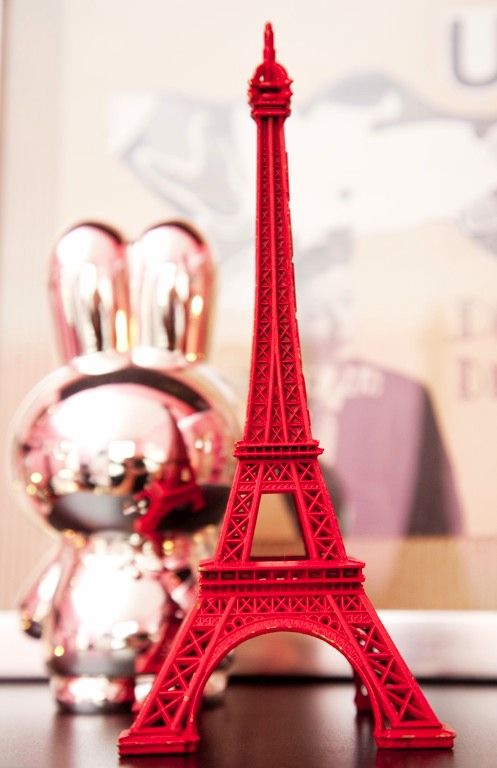

















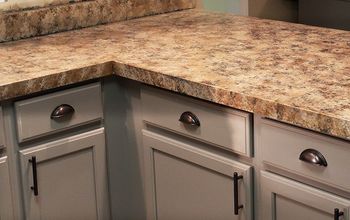
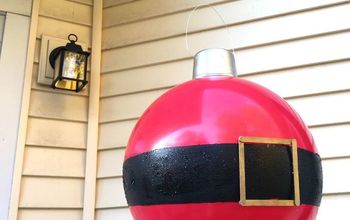

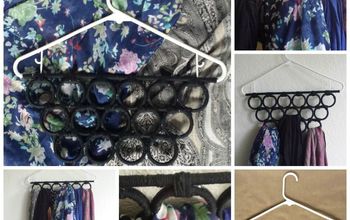
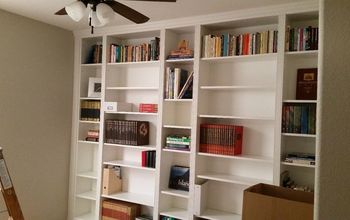
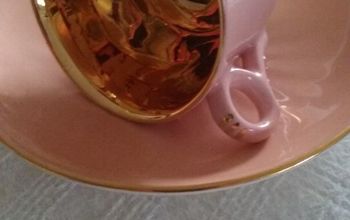

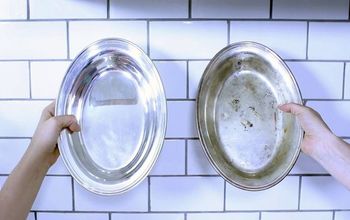
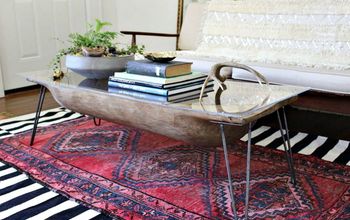

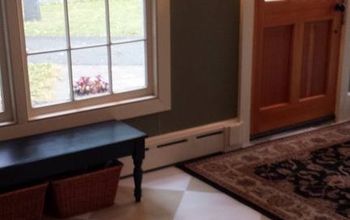
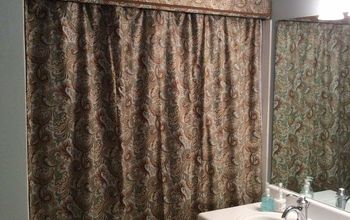



Frequently asked questions
Have a question about this project?
Brown??